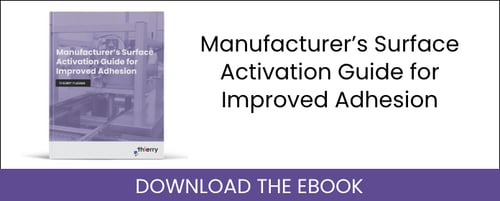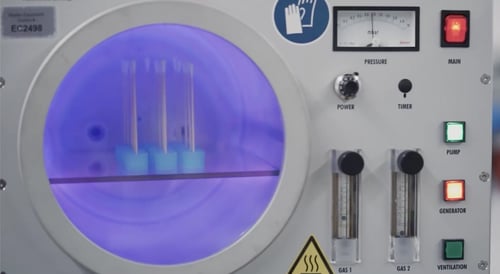Plasma treatment is used to treat different materials such as plastic, metal, and glass. One application of plasma treatment is its use in cleaning and activating powder. This powder may be used for applications such as powder coatings. Powder coating is used to coat materials (mainly metals) like car parts or furniture. Some purposes of powder coating are to protect parts from corrosive environments and those that experience high temperatures or mechanical stress and strain. Powder coatings can also be used to repel dirt or to create hydrophobic surfaces. First, the plasma treatment of the powder is necessary to plasma activate and clean the powder. The material to be coated may also need to be cleaned and activated. Finally, the powder will be able to be used for coating.
Plasma Treatment of Silica Powder
One major application of plasma treatment is to plasma clean and activate silica powder. Plasma treatment, unlike other methods, does not involve dangerous chemicals, and does not change the bulk properties of the treated material. Thierry Plasma has plasma systems with rotary drums that can be used for the plasma treatment of powder. The rotary drum rotates during the plasma treatment process to ensure uniform treatment of the powder. Silica powder is a popular filler for polymer products in many industries, as well as being economical. The silica filler changes the polymer’s mechanical, optical, and electrical properties, such as hardness and corrosion resistance. Plasma activation is necessary because the mechanical properties are dependent on the interfacial adhesion between the filler and polymer matrix. The activation increases the surface energy along with adhesion.

